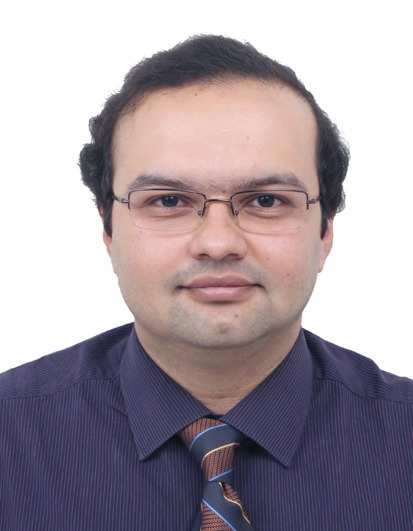[ad_1]
Globally, medical practices have evolved over time to better serve patients and cater to the evolving healthcare landscape that demands a more transparent and engaging healthcare ecosystem. The post-pandemic, new health economy has been working to achieve these goals of transparency and engagement by laying the foundation for the healthcare system, which is resilient and has a strong capacity to respond to public health emergencies.
The pandemic has only sped up the crawling transitions in healthcare. It has highlighted the need to maintain the optimal balance between health promotion, preventive, and in-and-out patient care while eliminating redundancy and resource wastage. Thus, the new healthcare economy aims to create a more connected, patient-centred, and affordable health ecosystem.
Affordable healthcare through patient-centric care
The patient is the chief stakeholder in healthcare, and other stakeholders must act in his best interests. Currently, the majority of people in the world cannot afford basic healthcare. With chronic diseases and lifestyle-related illnesses on the upswing, the cost burden of healthcare is likely to increase, forcing the healthcare system to be increasingly patient-centric. Patient-centric care is becoming central to the new health economy. The evidence for this shift is clear from the strong CAGR of 34.90% for patient-centric healthcare apps, whose market is expected to grow from $35,552.0 million in 2019 to $3, 85,767.5 million by the end of 2027.
Patient-centric healthcare revolves around three aspects which are in-depth patient history, consistent interaction, and continuous participation. Such healthcare can reduce costs without compromising quality by integrating technology as a facilitator of such patient-centric engagement models.
The convergence of trends has led to an increasing number of e-health tools giving people more knowledge and control over their healthcare. It is made possible by advancements in technology and acceptance of that technology by consumers. With the use of technology that may detect early signs of disease in asymptomatic individuals and treat health-related issues early, new-generation well-being activities will probably give customers the ability to monitor their health and optimise their costs. For instance, IoT can quickly integrate test-related data and early identification of potential health issues, aiding timely healthcare monitoring and reducing costs for patients as well as providers. Furthermore, it can assist in keeping track of the patient’s condition and providing real-time updates to medical professionals and staff, improving the overall effectiveness of the healthcare system.
Via interoperability, the fragmented elements of health care, such as health facilities, doctors, pharmacies, device manufacturers, etc., could be substituted by a system where data is securely shared between stakeholders to produce a detailed and highly individualised portrait of each consumer’s health. More individualised and successful treatments may be made possible by real-world evidence (RWE) founded on interoperable data, incentivising cost reductions through faster and in-time communication and collaboration, increased accountability, and reduced errors.
Additionally, technology reduces costs through reduced geographical and resource-related, traditional obstacles to accessing health care. Telemedicine has proved to be an ideal method for offering patients their first line of consultation that is affordable, qualitative, and speedy.
Technology is reducing treatment-related spending and is instead promoting long-term well-being. For this reason, health spending is predicted to slow down, leading to a “well-being dividend” of at least US$3.5 trillion by 2040, according to Deloitte’s health analysts. Placing a strong emphasis on prevention, will lead to a lower and more manageable cost of healthcare. Also, new medical technologies like cardiac monitoring patches to detect arrhythmias are continuously decreasing the treatment costs.
Conclusion
An inexorable transition in the health care system is anticipated in the future resulting from the confluence of empowered consumers, interoperable data, and scientific advancement. The future will only see further expansion and development of this dynamic new ecosystem, which is less complex, more accessible, more reasonably priced, and promotes better lifestyles.
Disclaimer
Views expressed above are the author’s own.
END OF ARTICLE
[ad_2]
Source link








